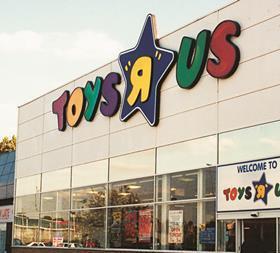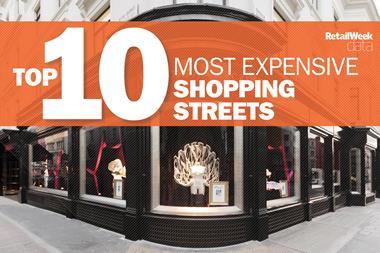The number of retail store closures has fallen to its lowest level since 2010, although footwear and women’s fashion shops continue to feel the pinch.
Retail chain store closures eased to 14 per day in the first half of 2017, according to figures from PwC and the Local Data Company.
In the analysis of more than 67,500 outlets operated by multiple retailers in 500 towns and cities across the UK, 2,342 shops opened in high streets, retail parks and shopping centres in the first six months of this year.
The data revealed that 2,564 shops closed during the same period – equivalent to 14 closures per day.
The net difference of 222 closures marks a vast improvement on the 503 net closures in the first half of 2016.
It also represents the smallest net decline since the first half of 2013, when there were 209 more closures than openings.
While leisure chains – covering the entertainment and food and beverage sectors – continued to thrive with a net 116 new openings during the period, footwear, women’s clothing, gift specialists and charity shops were hardest hit during the first six months of the year.
Shoe shops suffered a net 38 closures, while the number of women’s clothing stores fell by a net 37 units.
There were 33 fewer gift shops and 55 fewer charity shops in the UK in the six months to June compared to the same period the previous year.
Coffee shops, book-sellers and supermarkets were among the sectors to see the largest increases in store numbers, enjoying net increases of 24, 18 and 17 units respectively.
Outlook
PwC’s consumer markets leader Lisa Hooker said it was “encouraging” to see the high street holding up despite pressures from online and the “tough economy”.
“There will always be a physical presence on the high street, but developments in technology are accelerating and impacting future staffing and operating models,” Hooker said.
“The UK is one of the world leaders for consumer online purchases. Retailers must continue to evolve if they are to make the most of both new digital opportunities and the country’s high streets.”
PwC insolvency partner Mike Jervis added that the lower level of store closures reflected a “more stable” retail environment, although he cautioned the landscape remained “uncertain”.
Local Data Company director Matthew Hopkinson said: “The reduction in the number of chain retailers closing in Britain’s town centres indicates an increasing degree of stability for many towns that have seen the significant loss of multiple retailers over the past 10 years.
“It is the leisure sector that is creating more openings than closures on our high streets while traditional shops and services, such as clothing and banking, continue to close stores.
“If the leisure offer has reached saturation, which I argue it has, then this slowdown in the closure rate might be short-lived if the leisure growth rates reduce from their current levels.”


























2 Readers' comments